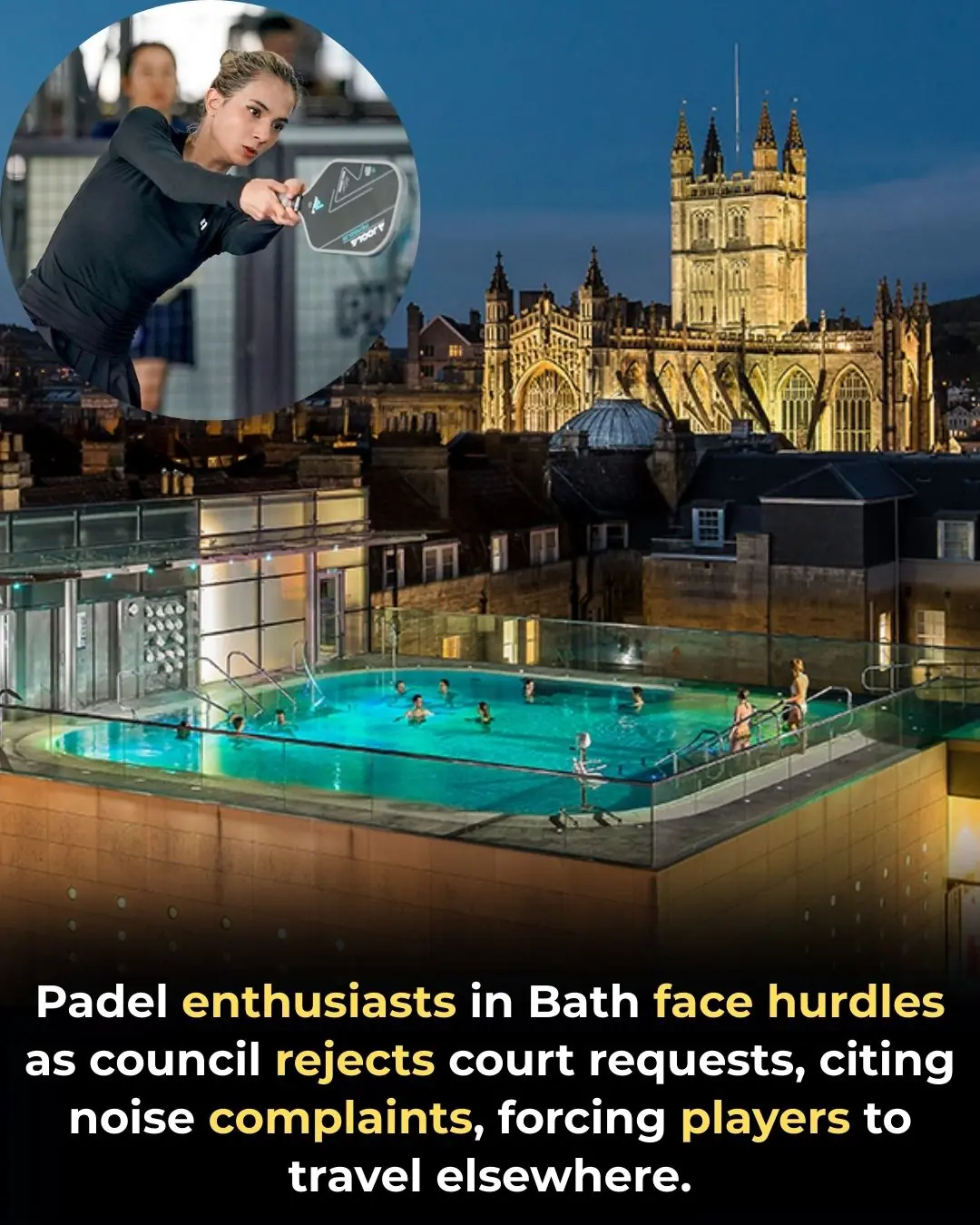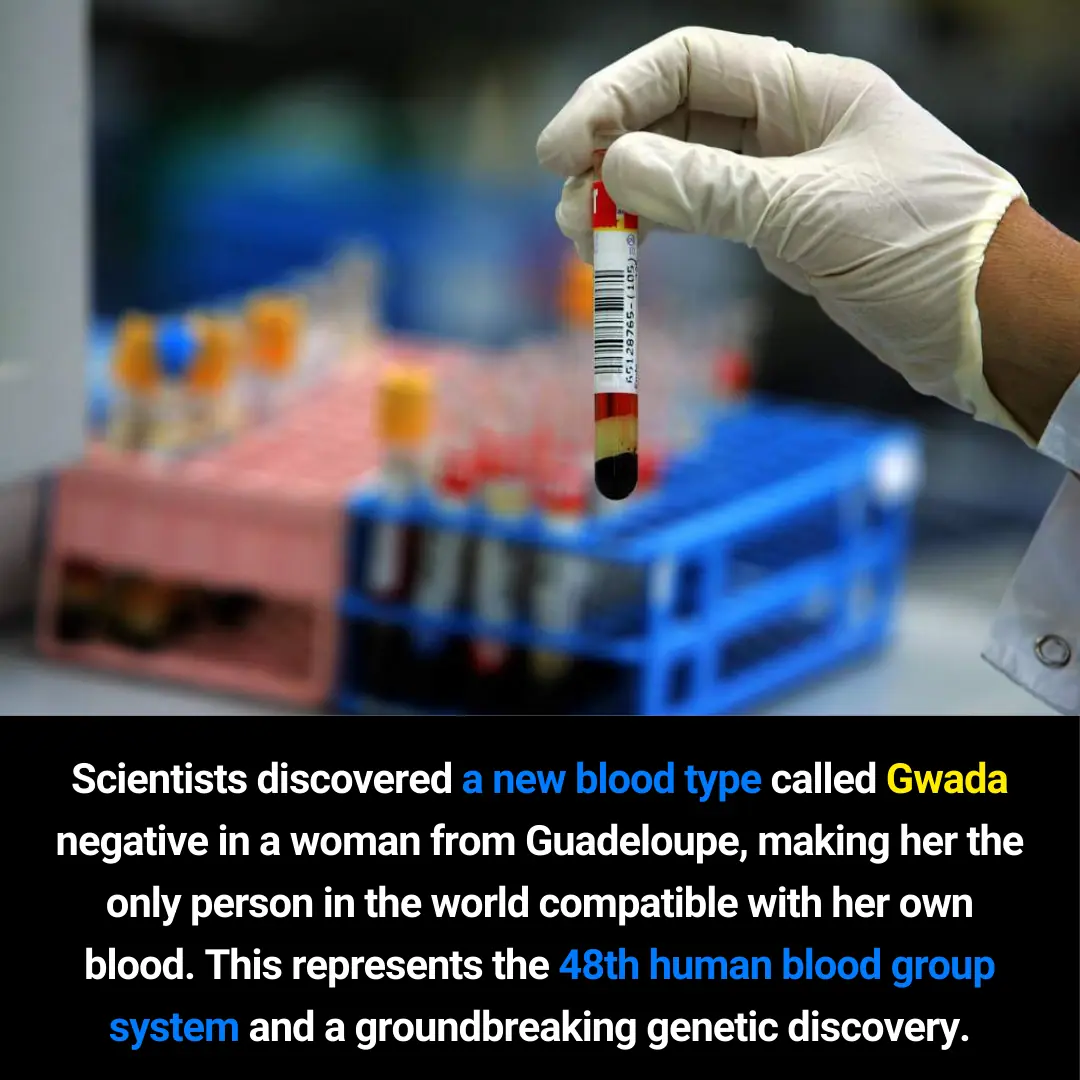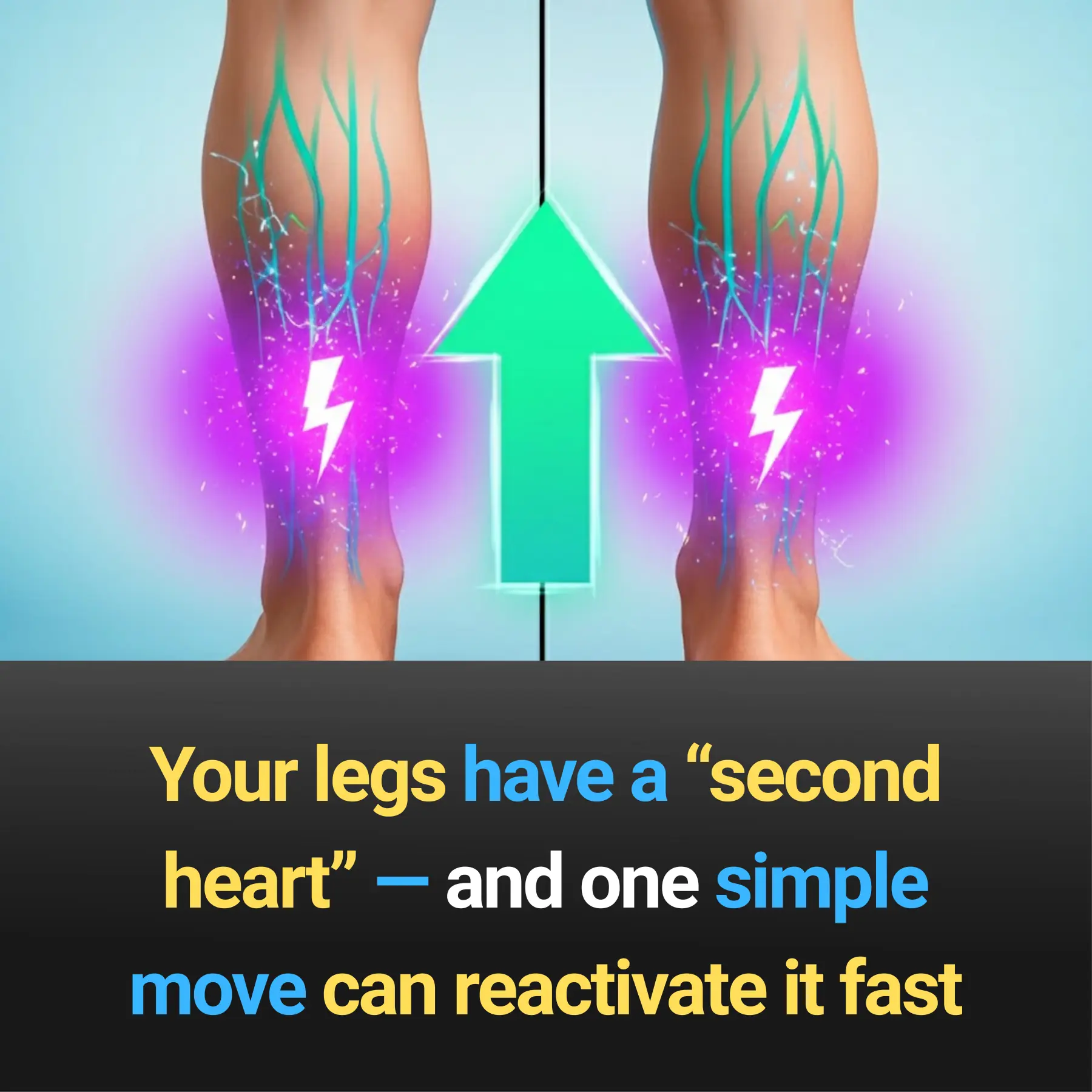
Utqiagvik Enters 64 Days of Darkness: Inside Alaska’s Annual Polar Night
In the remote Arctic community of Utqiagvik, Alaska (formerly known as Barrow), the final sunset of 2025 has now taken place. From this moment forward, the Sun will remain completely below the horizon until around January 22, 2026, marking the beginning of the region’s annual Polar Night. This dramatic shift is not a rare or alarming event but an entirely natural result of Earth’s axial tilt and Utqiagvik’s extreme northern latitude.
📍 Where Is This Happening?
Utqiagvik sits at approximately 71° N latitude, far above the Arctic Circle and closer to the North Pole than nearly any other inhabited place in the United States. Its geographical position means that it experiences some of the most extreme seasonal light changes in the world, with months of continuous daylight in summer and extended periods of darkness in winter. Despite these extreme cycles, Utqiagvik is home to a resilient community that has adapted to these conditions for generations.
🌑 What Does “No Sunrise” Actually Mean?
“No sunrise” can sound dramatic, but it doesn’t mean that Utqiagvik plunges into pitch-black darkness for 64 straight days. Instead, residents will still experience subtle but meaningful light each day:
• Civil twilight, a deep blue glow on the horizon that appears when the Sun is just a few degrees below it.
• Moonlight and starlight, which often become astonishingly bright due to the reflective snow and the absence of light pollution.
• Regular displays of the Aurora Borealis (Northern Lights), which can illuminate the sky with shimmering ribbons of green, purple, or red.
Even without a visible sunrise, these light sources create a uniquely beautiful and atmospheric environment that is both challenging and awe-inspiring.
🌡 Daily Life During the Polar Night
Life in Utqiagvik continues steadily despite the absence of sunlight. Temperatures typically fall between –15°C and –30°C (5°F to –22°F), although colder days are not uncommon. Schools, health services, local businesses, airports, and community gatherings continue to operate normally. To support their well-being during the prolonged darkness, residents often rely on:
• Bright indoor lighting to maintain healthy circadian rhythms
• Vitamin D supplements
• Cultural, outdoor, and community activities that strengthen social connection
Interestingly, this same town will experience the complete opposite phenomenon in summer: nearly three months of uninterrupted daylight, known as the Midnight Sun. These paired extremes reflect the extraordinary rhythm of life in the Arctic.
☀️ Why Does This Happen?
The Polar Night occurs because Earth is tilted at an angle of 23.5°. As the Northern Hemisphere leans away from the Sun during winter, locations above the Arctic Circle experience extended periods when the Sun never rises above the horizon. In Utqiagvik, this period lasts roughly 64–65 days every year. Conversely, the same axis tilt causes the Sun to remain above the horizon all day during midsummer. These dual phenomena make the Arctic one of the most fascinating environments for studying light, climate patterns, and human adaptation.
✨ Nature Is Harsh — And Beautiful
The Polar Night is not a crisis, nor a sign of any unusual global event. It is a spectacular demonstration of the physics of our planet, offering scientists and residents alike a unique seasonal experience. From glowing twilight to brilliant auroras, the winter months in Utqiagvik reveal a side of nature that few people ever get to witness firsthand.
Sources
Fox Weather – Polar Night in Utqiagvik
Washington Post – Start of Polar Night in Alaska
NDTV – Utqiagvik’s 64 Days Without Sunrise
AccuWeather – Climate Conditions During Polar Night
The Telegraph – Final Sunset Time in Utqiagvik
News in the same category


26 Years, 214 Countries, 900,000 Kilometers: The Epic Journey of Gunther and Christine

Personal Video with Messi Leads to Dismissal, Raising Questions About Workplace Rules

Sleep: The Hidden Engine Behind Metabolism and Fat Loss

The First Dive: How Hundreds of Emperor Penguin Chicks Took a Daring 50-Foot Plunge

What Happens to Your Body During a 24-Hour Fast?

China Achieves Quantum Teleportation Breakthrough That Could Redefine the Future of Communication

A Comedy Gone Too Far: Five Parrots Split Up After Cursing and Laughing at Guests

Autcraft: How a Father Built a Safe Digital World for Autistic Children

South Korea’s Top Universities Redefine Excellence by Rejecting Students With Bullying Records

The Healing Power of Bone Broth: From Gut Health to Whole-Body Wellness

Experts Issue Terrifying Warning That Part Of The Earth Is Tearing Apart In A ‘Train Wreck’ Event

Karma’s Gift: How Juliette Lamour Became a $48 Million Winner

Think Twice Before Putting Parchment Paper in the Oven

When your non-stick pan loses its coating, don’t throw it away—do this and it will look new again

Dr. Barry Marshall: The Scientist Who Transformed Ulcer Treatment and Changed Modern Medicine

Dr. Paulo de Valdoleiros: The South African Doctor Redefining Accessible Healthcare

Gwada Negative: The 48th Human Blood Group and an Extraordinary Genetic Discovery

Incredible Survival Story: The Man Who Turned His Broken Car Into a Motorcycle in the Moroccan Desert
News Post

Guava Leaf Tea: A Simple Habit With Powerful Health Benefits

The single move that instantly clears congestion and drains your sinuses

This common diabetes medication may undo the benefits of your workouts

Your legs have a “second heart” — and one simple move can reactivate it fast

9 cancer warning signs your body is sending you (don’t ignore these!)

Here’s the secret why everyone puts avocados on the fire!

Grow Date Trees From Seed (Start in a Pot → Plant Outdoors): The Complete, No-Stress Guide

Guava Leaves for Blood Sugar Control: Nature’s Gift for Diabetics
The Versatility and Benefits of Orange Peel Powder

Here’s the secret why everyone puts avocados on the fire!

Natural Biotin Powder: Get New Hair in Bald Patch, Extreme Hair Growth

Community Backlash Stops Padel Court Plans in Bath Amid Rising Demand

Scientifically Proven Benefits of Pumpkin Seeds (Pepitas) and Pumpkin Seed Oil

26 Years, 214 Countries, 900,000 Kilometers: The Epic Journey of Gunther and Christine

My nana taught me this hack to get rid of dark circles in 5 mins with 0 work. Here’s how it works

The single move that instantly clears congestion and drains your sinuses

Put a cotton ball with VapoRub in your ear & get this remarkable effect

A Drink That May Help Reduce Cancer Risk: Not Tea or Coffee
